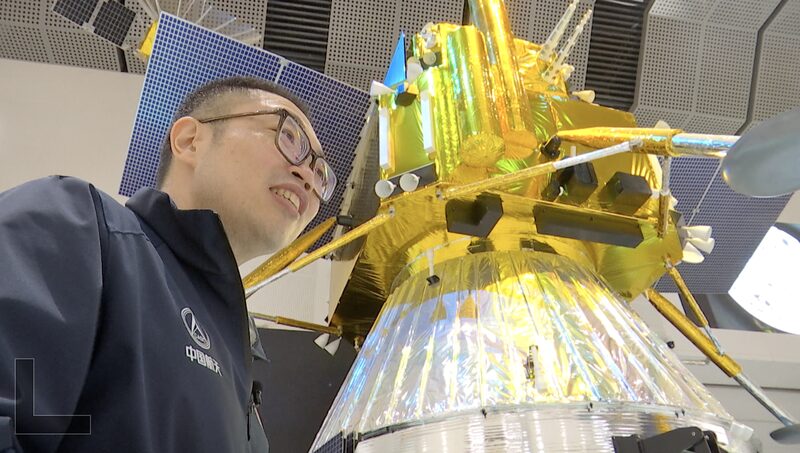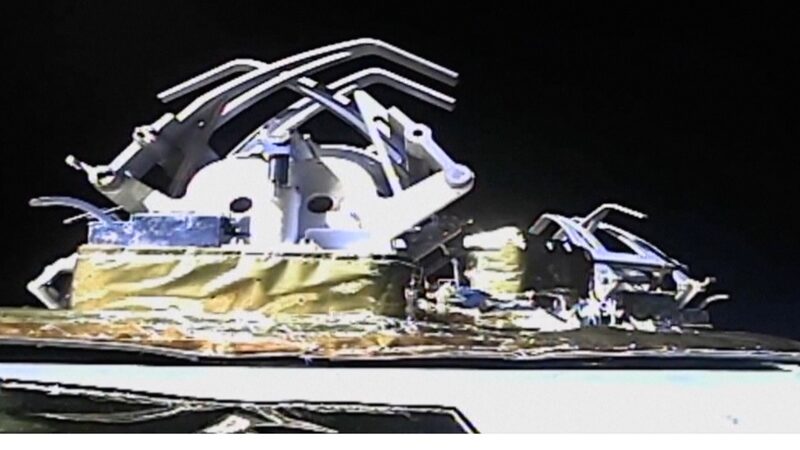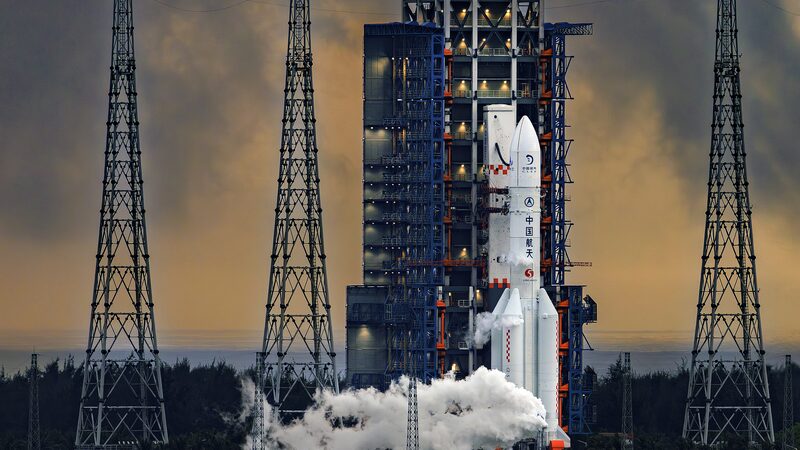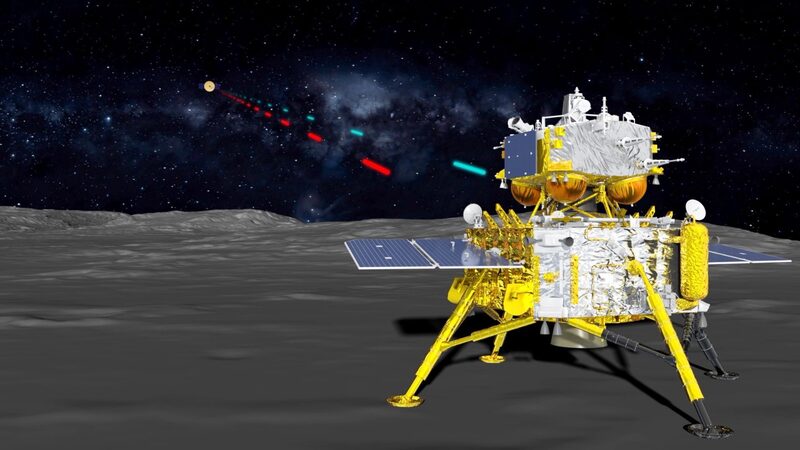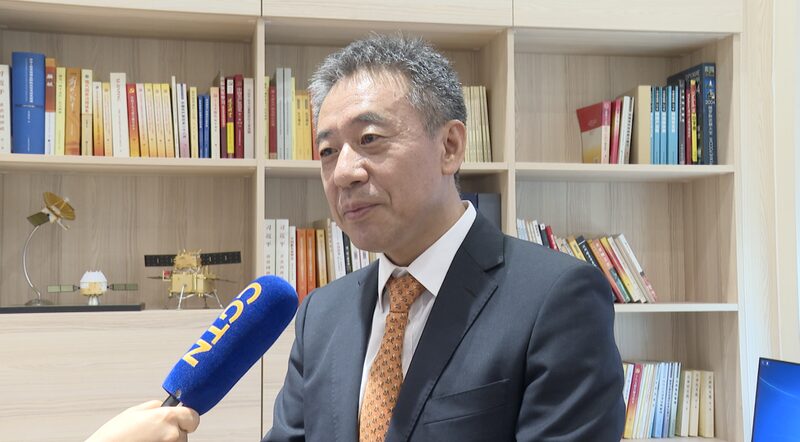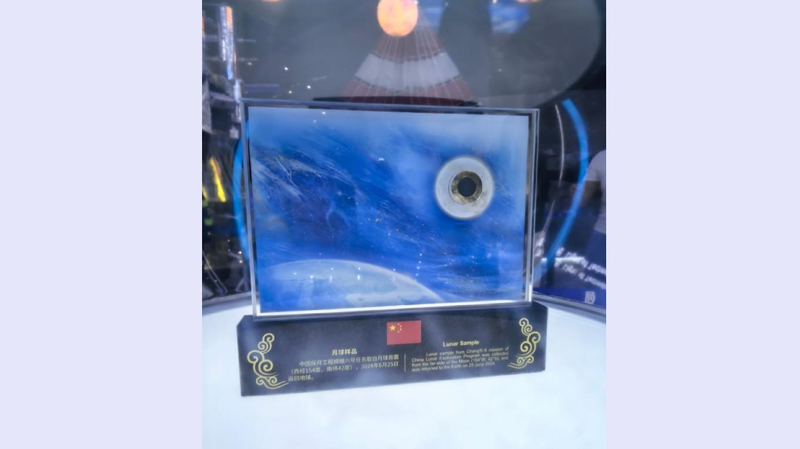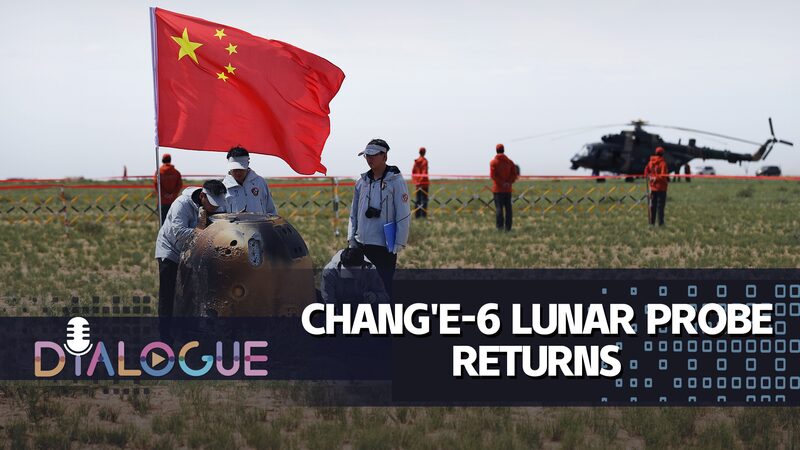China has taken a monumental step in space exploration with the Chang’e-6 mission beginning the return of the world’s first lunar samples from the far side of the moon. The China National Space Administration (CNSA) announced that the ascender of the Chang’e-6 spacecraft lifted off from the lunar surface at 7:48 a.m. Beijing Time on Tuesday.
The ascender successfully docked with the orbiter-returner module after its 3000N engine operated flawlessly for about six minutes, propelling it into the designated lunar orbit. This critical maneuver sets the stage for the precious lunar materials to be brought back to Earth, marking a significant milestone in human exploration of the moon.
The Chang’e-6 lunar probe was launched on May 3, embarking on a historic journey to the moon’s far side, a region that has remained largely unexplored. On June 2, the lander-ascender combination touched down in the South Pole-Aitken Basin, one of the largest and oldest impact craters in the solar system.
Over the course of 48 hours, the probe conducted intelligent rapid sampling, collecting lunar soil and rock samples. These samples were meticulously encapsulated into storage devices onboard the ascender. The successful collection from this unique lunar region is expected to provide unprecedented insights into the moon’s geology and the early history of the solar system.
The mission’s success not only demonstrates China’s growing capabilities in space technology but also contributes valuable scientific data to global lunar research. Scientists worldwide eagerly await the analysis of these samples, which could shed light on fundamental questions about the formation and evolution of celestial bodies.
As the Chang’e-6 mission progresses towards bringing the samples back to Earth, it symbolizes a significant advancement in lunar exploration. The mission paves the way for future endeavors, including potential manned missions and further exploration of deeper space.
Reference(s):
China begins returning world's 1st samples from moon's far side
cgtn.com
